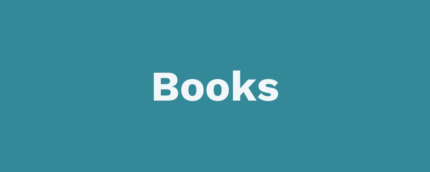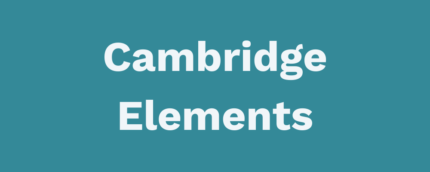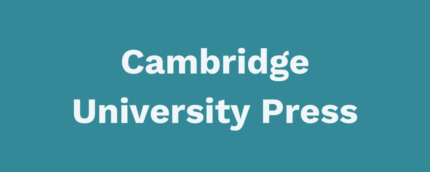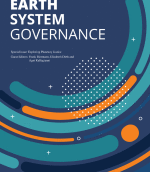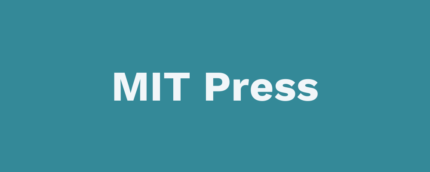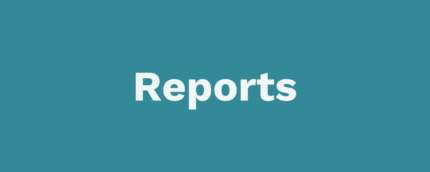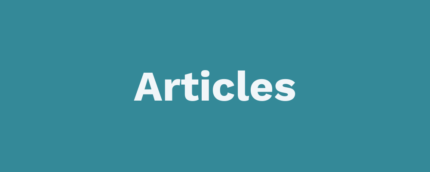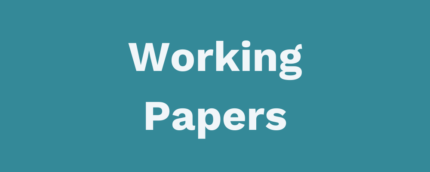Despite a renaissance of policy design thinking in public policy literature and a renewed interest in agency in the policy process literature, agency in the policy design process has, so far, not received systematic attention. Understanding the agency at play when designing policy, however, is crucial for better comprehension of policy design choices and variation in policy design across cases. Here, we build on the hierarchical structure of design elements that constitute each policy and analyse how actors position themselves during a policy design process in relation to individual design elements. Our aim is to establish different actors’ roles in shaping the policy output in an inductive, single-case study using the empirical case of the Swiss renewable energy feed-in tariff. Notably, we find agency in the form of coalitions which emerge around particular design elements. Based on our representative analysis, we derive the generalisable concept of design coalitions that we define as relational structures of actors who gather around and advocate for specific policy design elements during the policy design process. Policy design coalitions are dynamic throughout the design process and strategic and constitute the determinants in translating policy problems into final policy designs during policy designing. Our approach allows us to shed light on the role of agency in the policy design process in general.
The role of actors in the policy design process: introducing design coalitions to explain policy output
Haelg, Leonore, Sebastian Sewerin, Tobias S. Schmidt. 2019. The role of actors in the policy design process: introducing design coalitions to explain policy output. Policy Sciences, 1-39.


